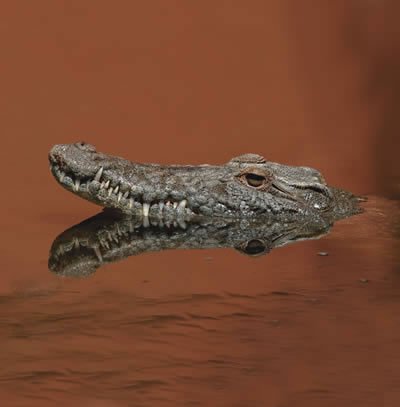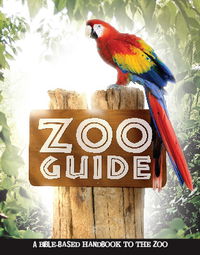Leigh Bedford, CC BY 2.0, via Wikimedia Commons
Crocodile
Oct 13, 2008
The crocodile is larger than the alligator and has a longer, more narrow snout. It has a streamlined body and webbed feet, which make it an efficient swimmer.

Design
All crocodilians, including alligators, have a pouch in their throats that can block water from entering their throats when they eat underwater. Some believe that the crocodile species dates back to the time of the dinosaur. We would have to agree with this since both the crocodile kind and the dinosaurs were created on Day 6 of the Creation Week. The crocodile has eyes that are placed on top of its head, which allows it to see above water while its body is submerged.
Features
- The crocodile is larger than the alligator and has a longer, more narrow snout.
- It has a streamlined body and webbed feet, which make it an efficient swimmer.
Fun Facts
- The crocodile has taste buds, enabling it to taste its food. But it doesn’t taste it very much since it swallow its food almost whole.
- After its young hatch, the mother croc will sometimes carry her young in her mouth to the water.
- The crocodile is the most advanced of all reptiles. Unlike other reptiles it has a four-chambered heart, a diaphragm and a cerebral cortex.
Created Kind Members
Alligator, caiman
CLASS: Reptilia (reptiles)
ORDER: Crocodylia (crocodiles, alligators, and relatives)
FAMILY: Crocodylidae (crocodiles)
GENUS/SPECIES: 3 genera with 14 species
Size: 4–23 ft (1.2–7.1 m), depending on species
Weight: Most 1,000 lbs (454 kg); some up to 2,000 lbs (907 kg)
Original Diet: Plants
Present Diet: Mammals, fish, reptiles, and even plants
Habitat: Aquatic/Estuarine in the tropics of Africa, Asia, the Americas, and Australia
